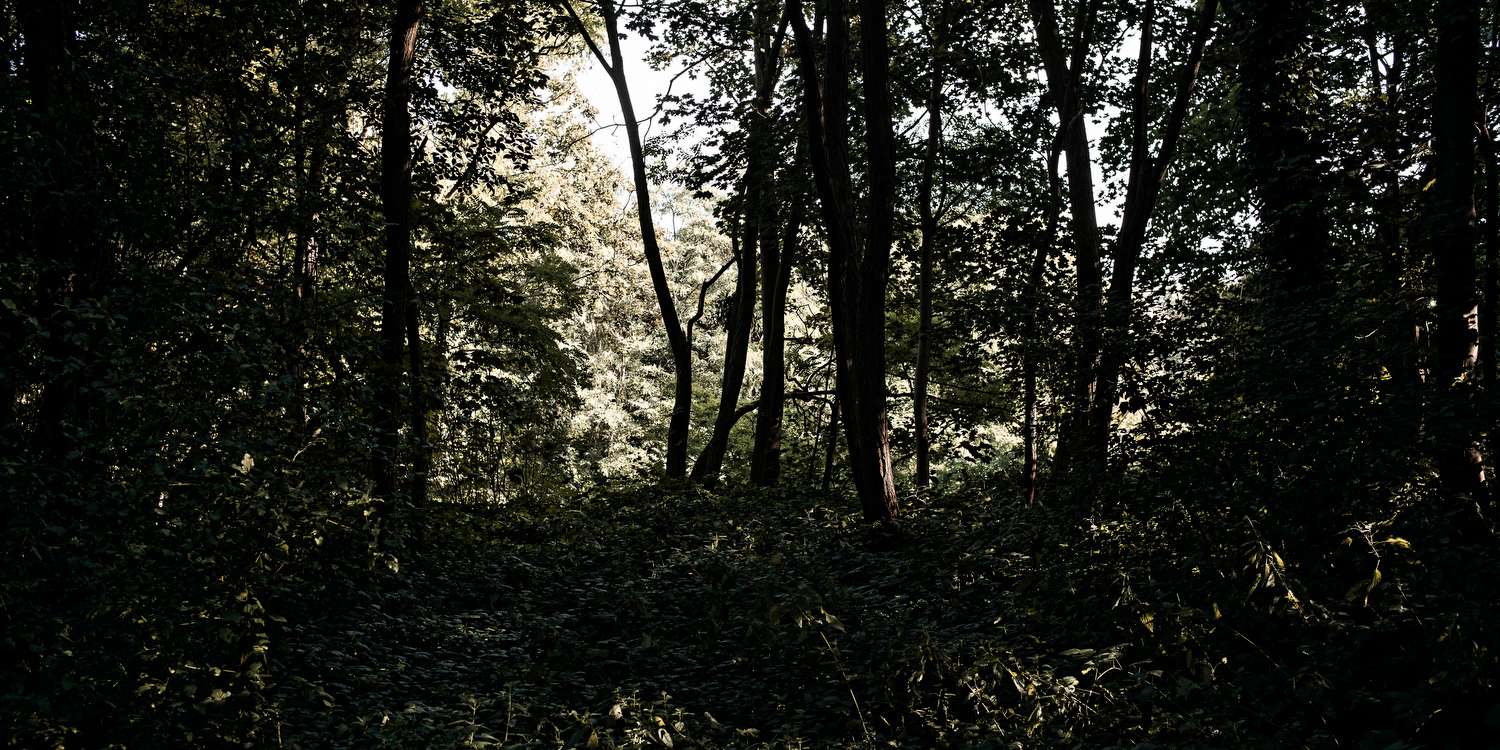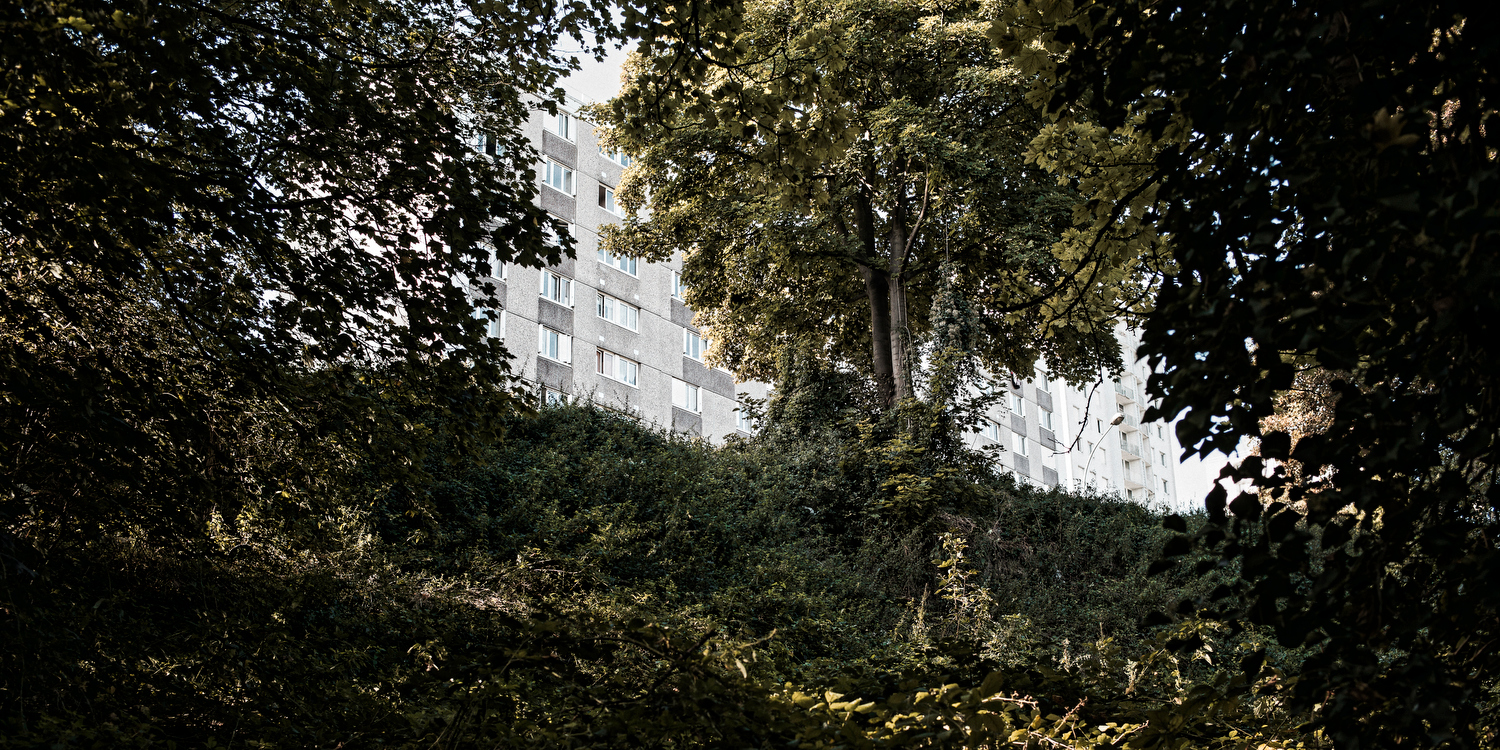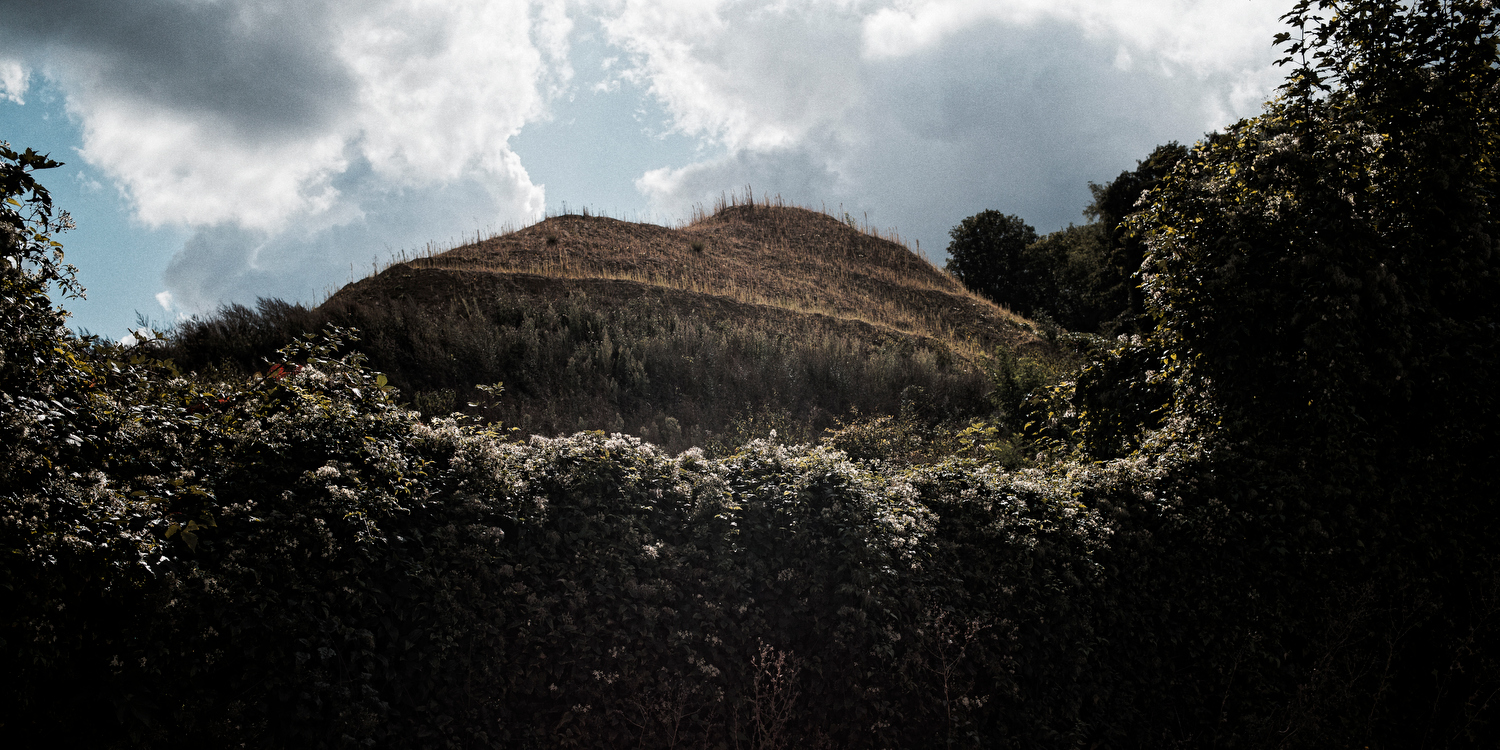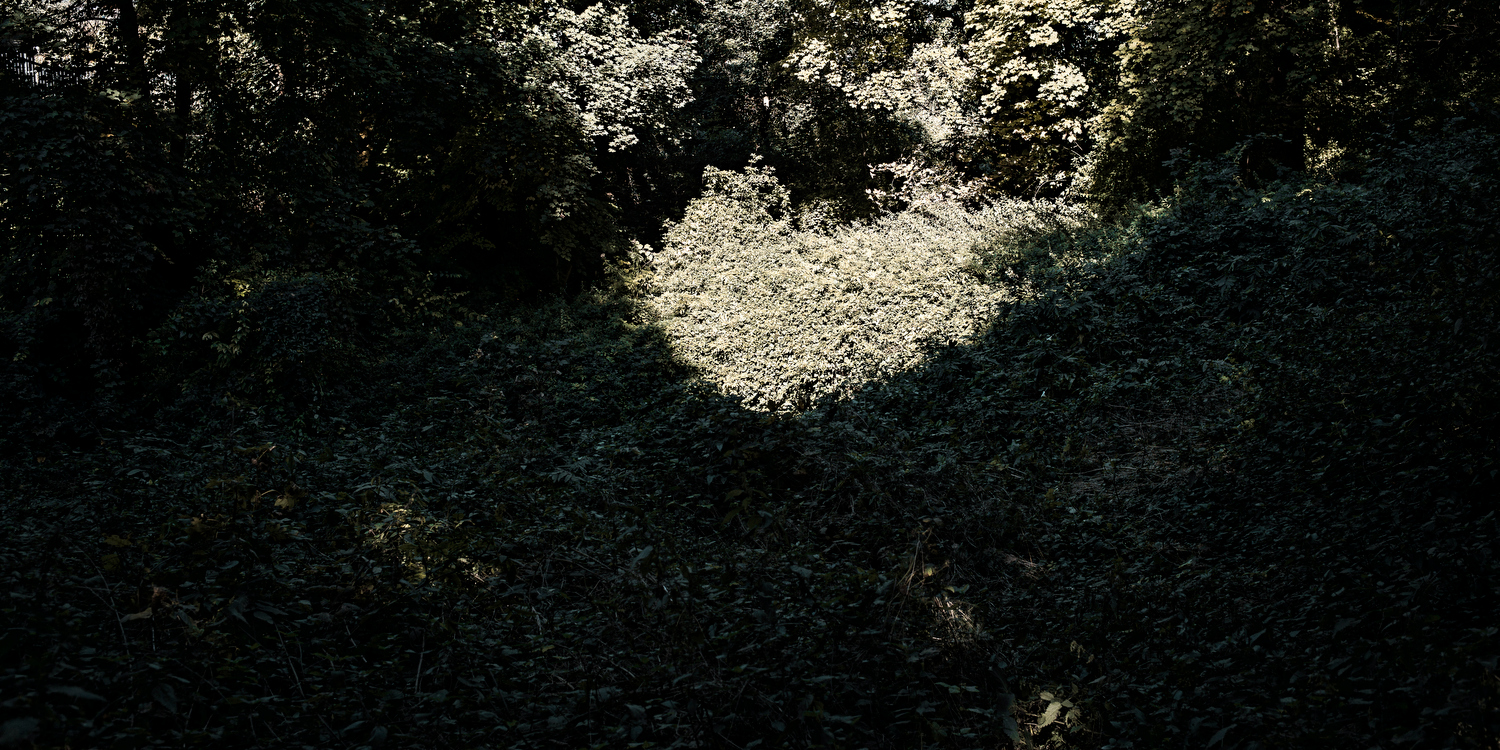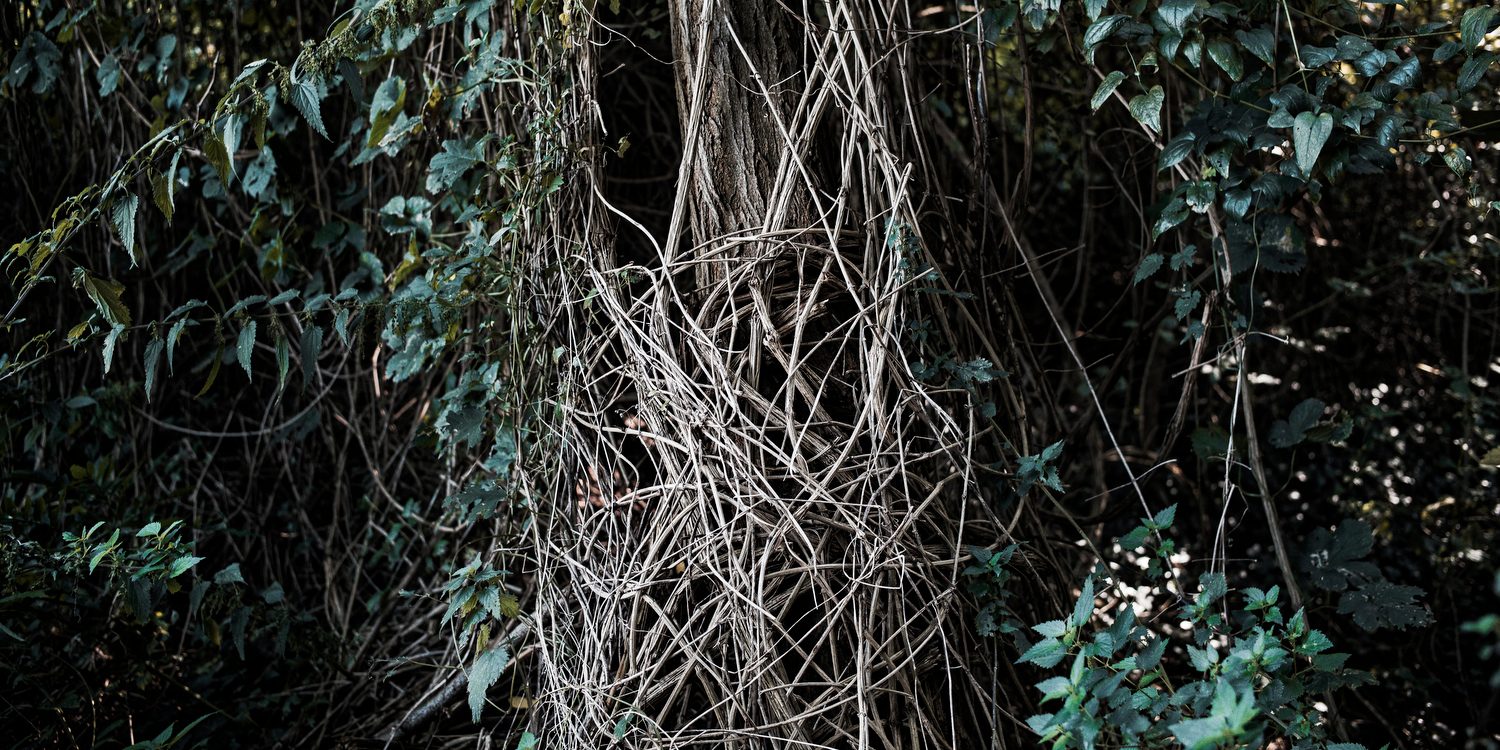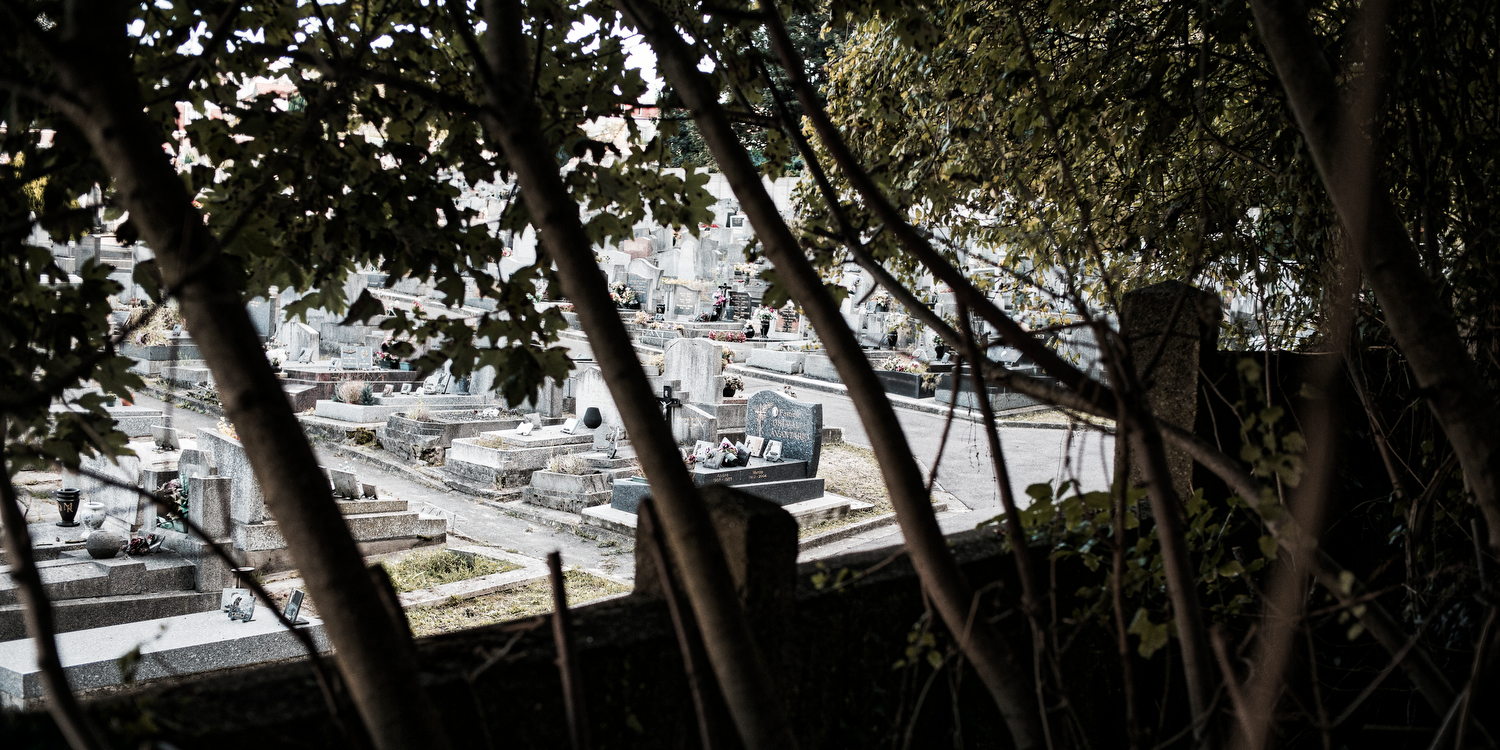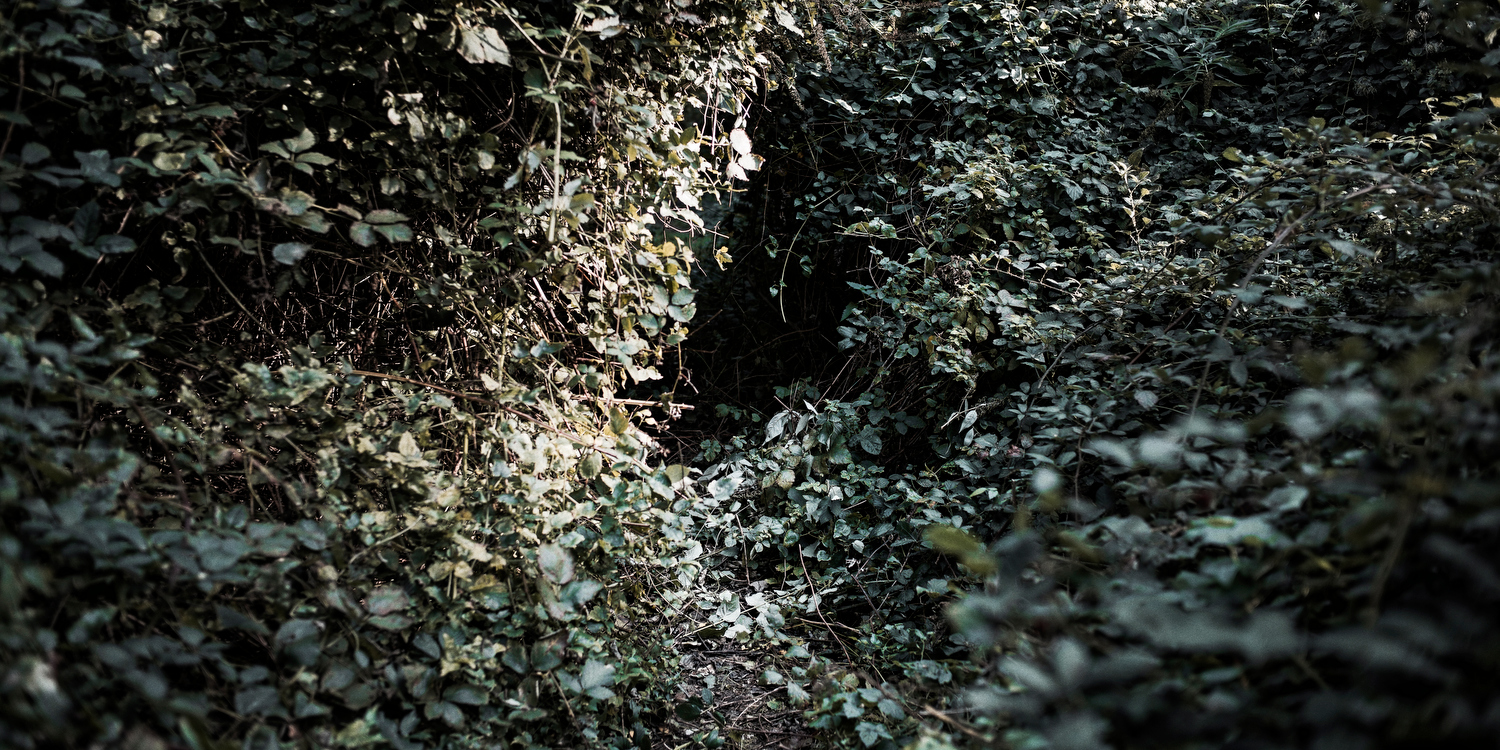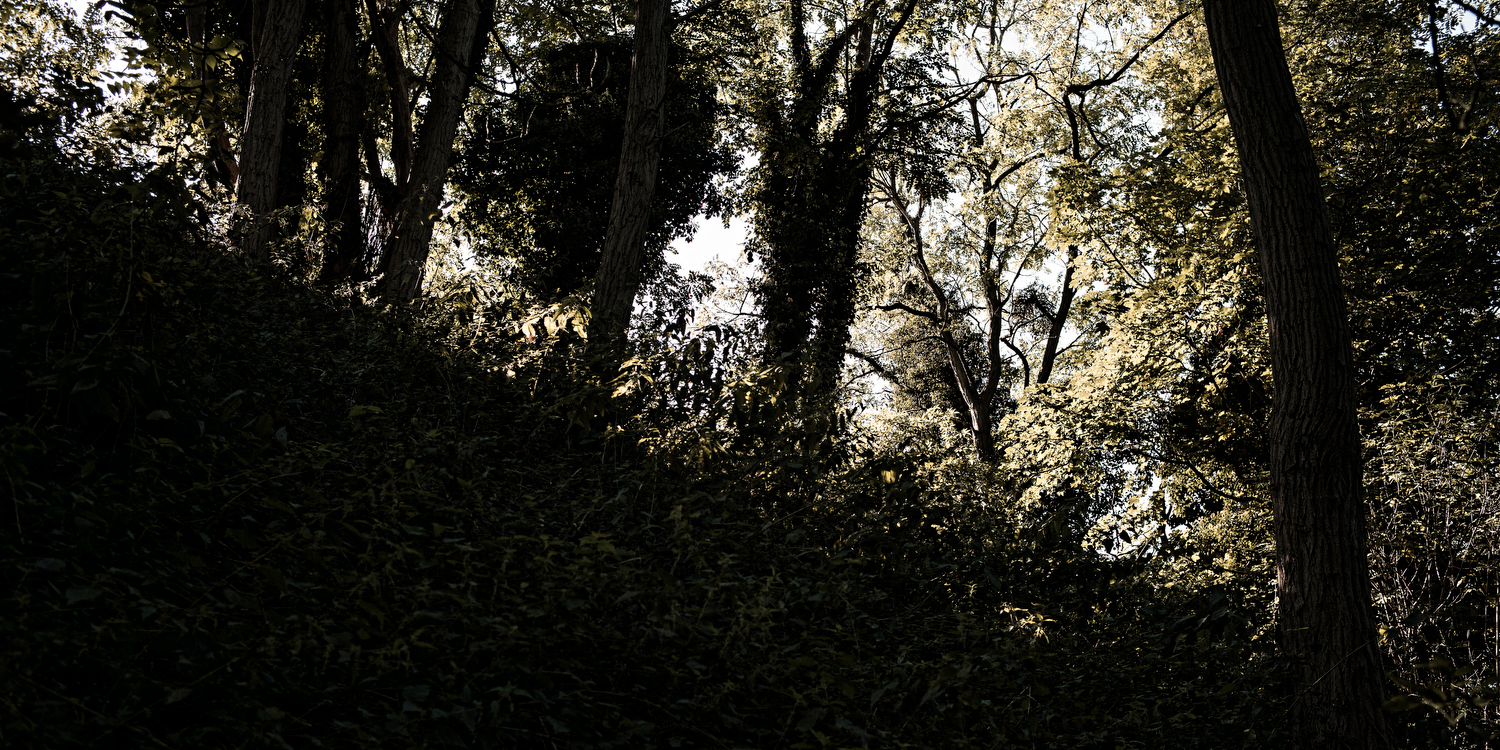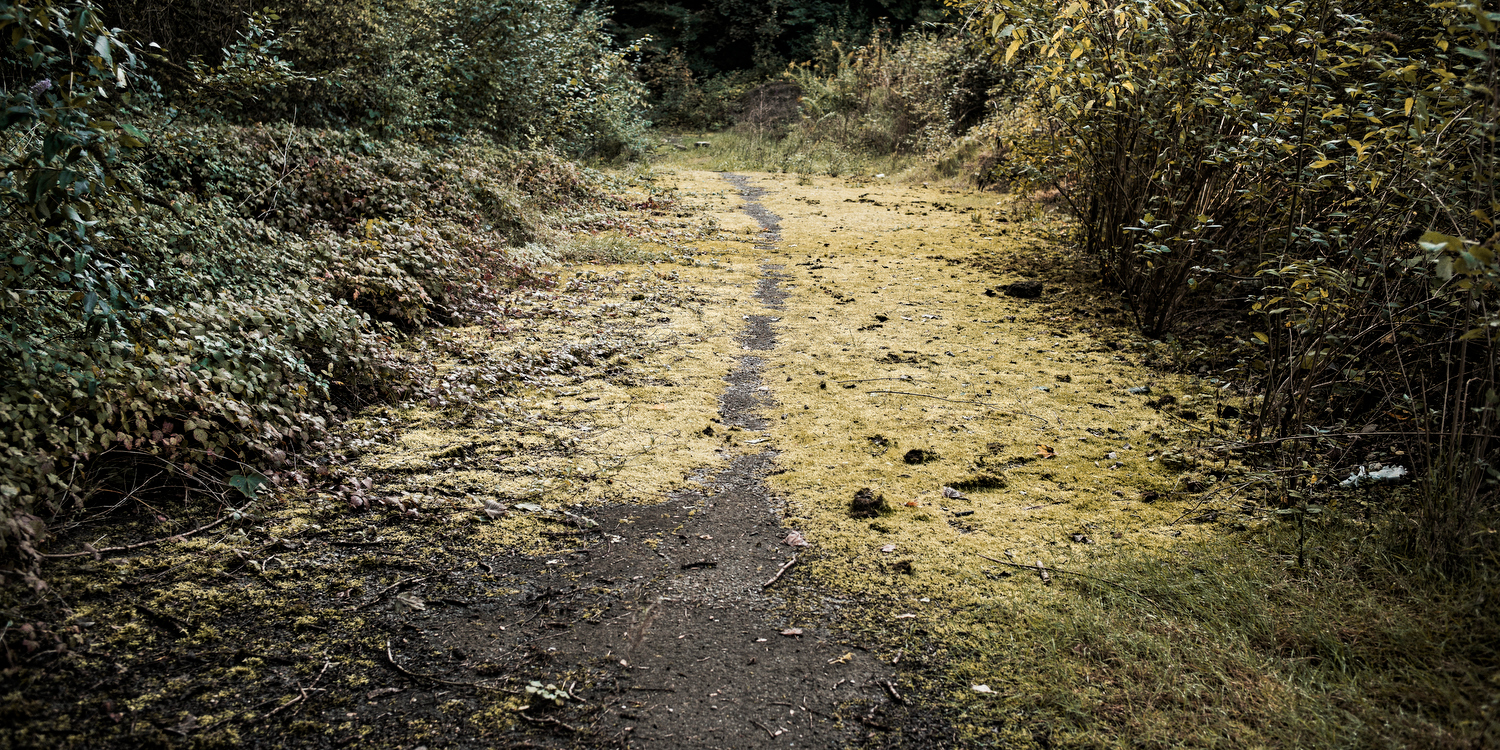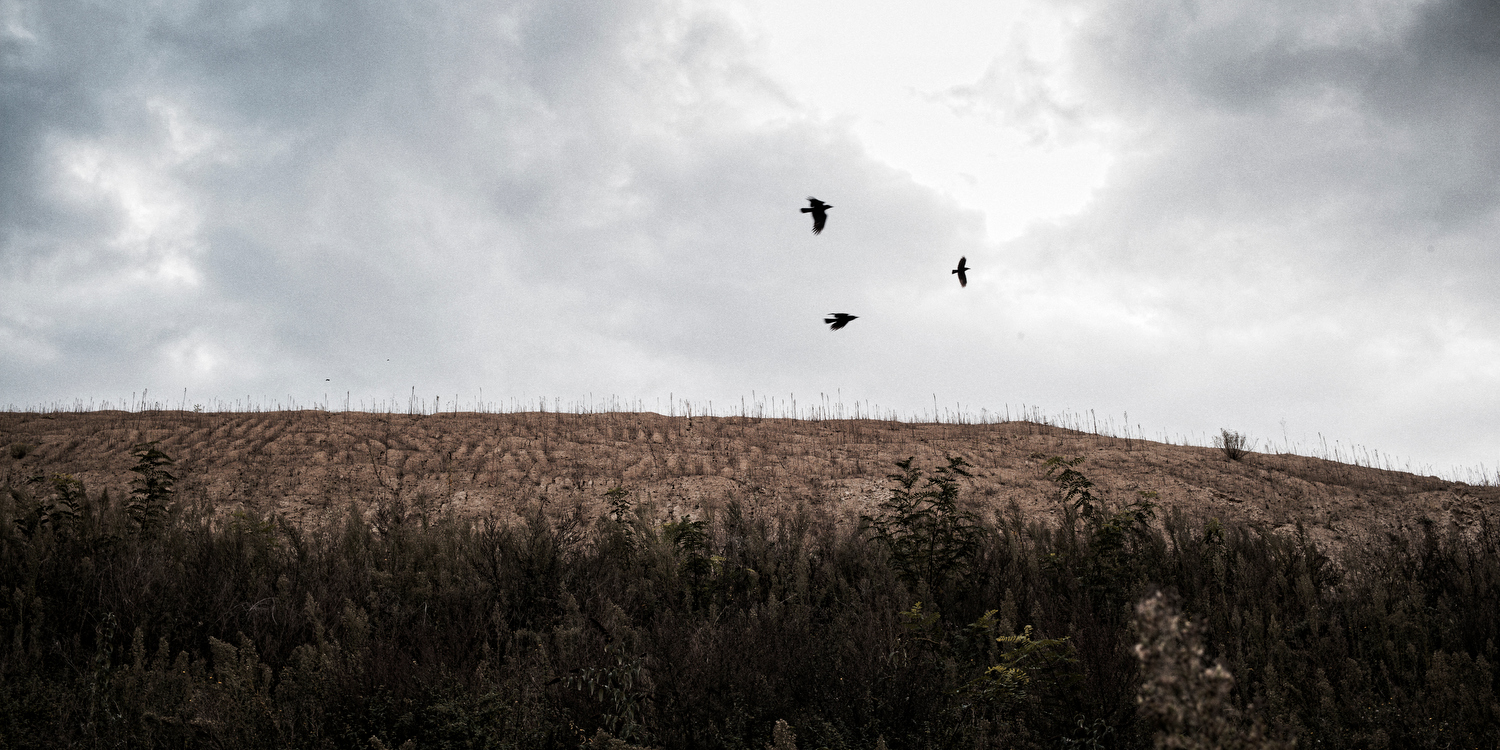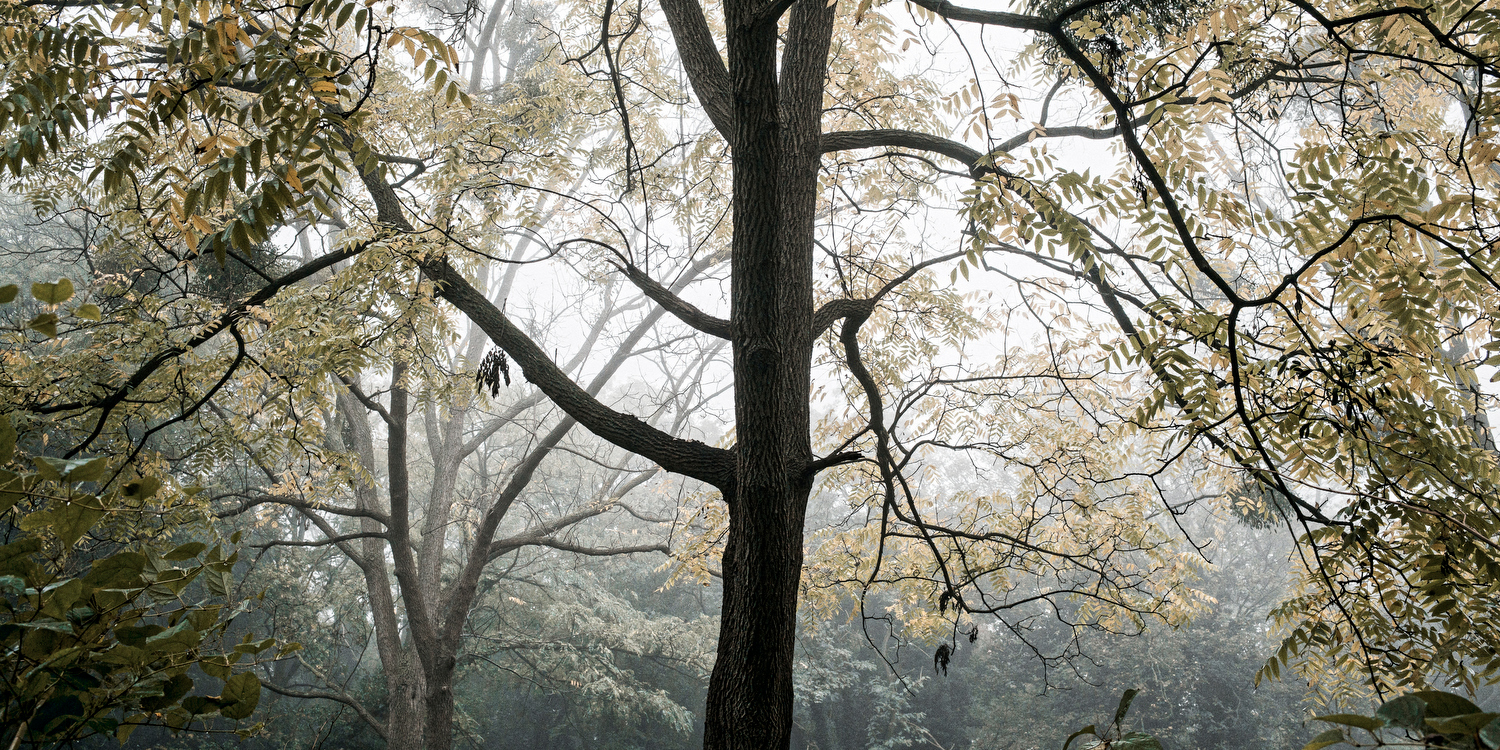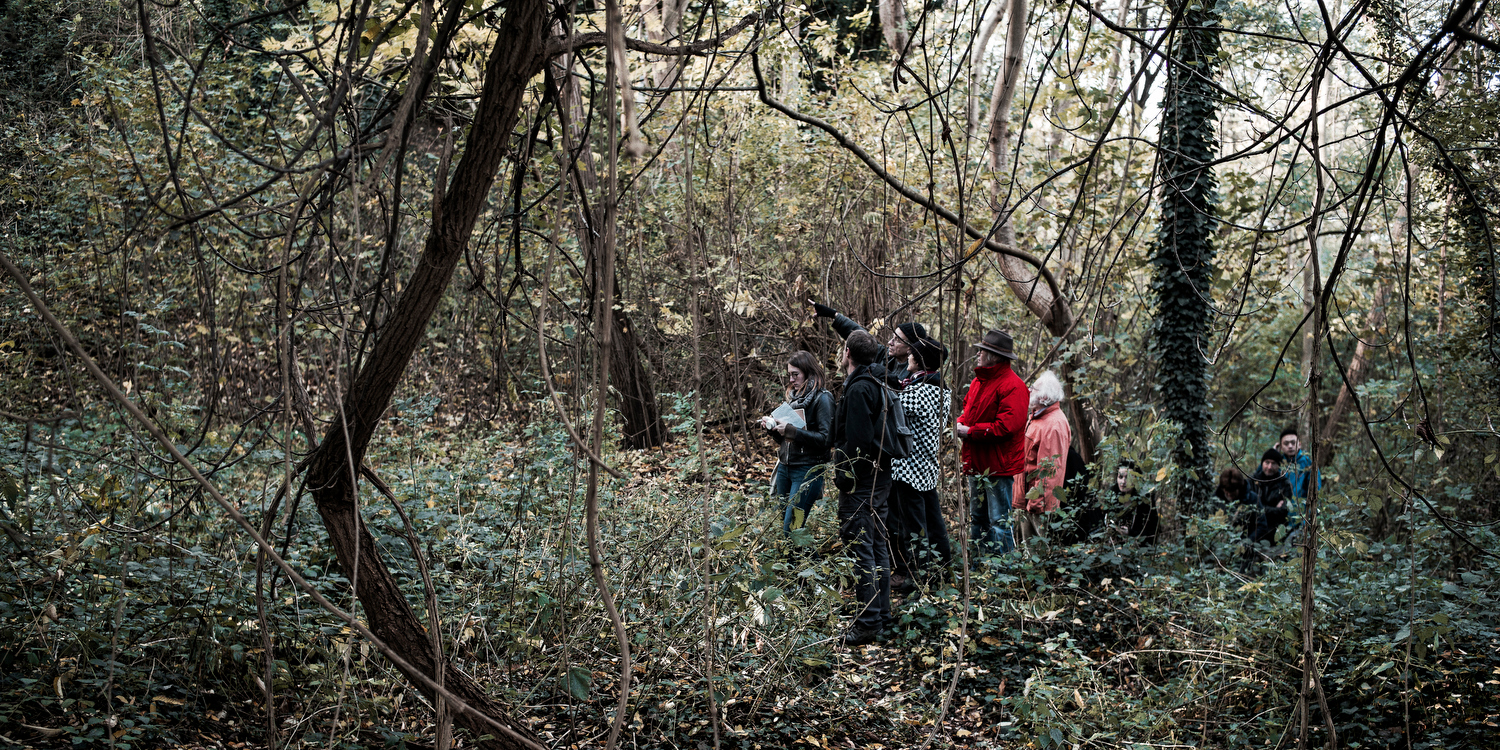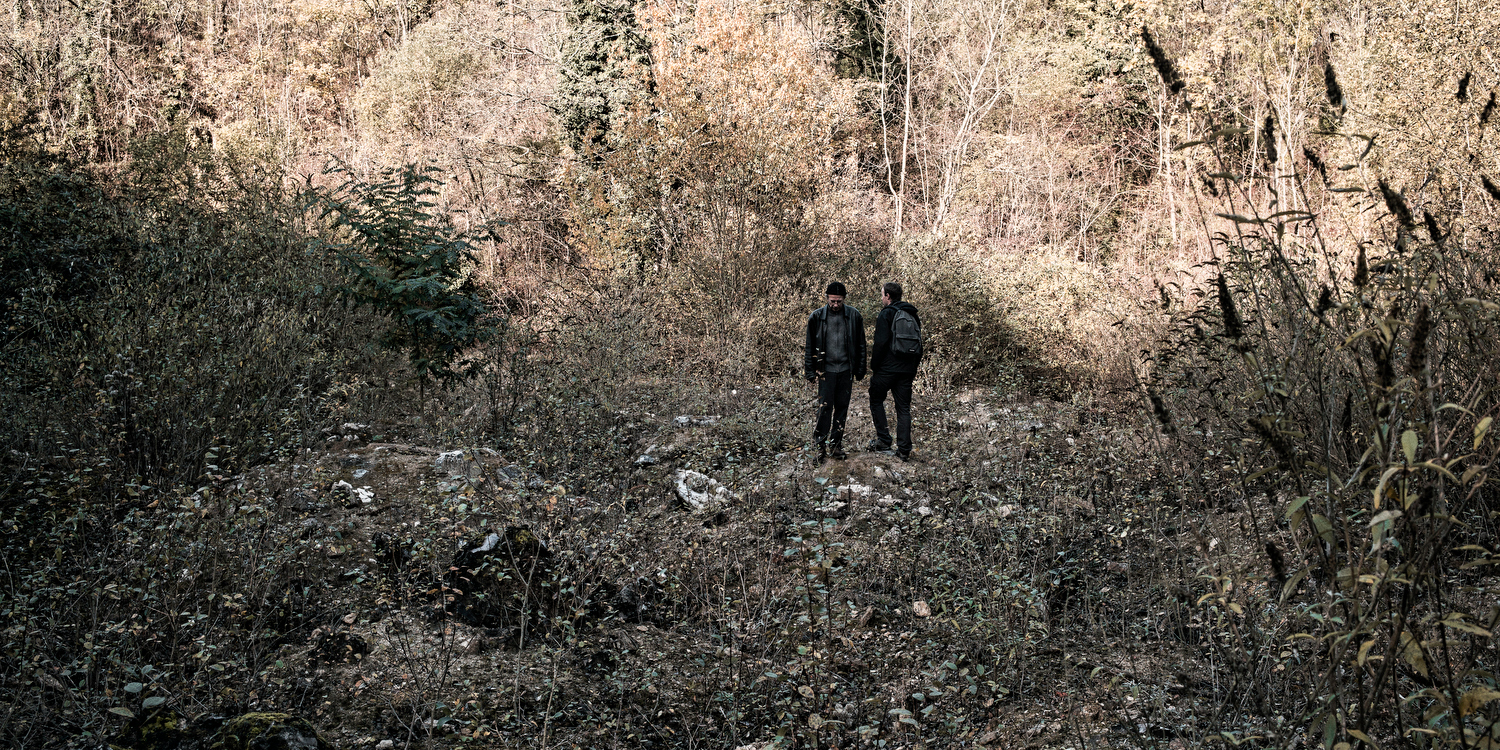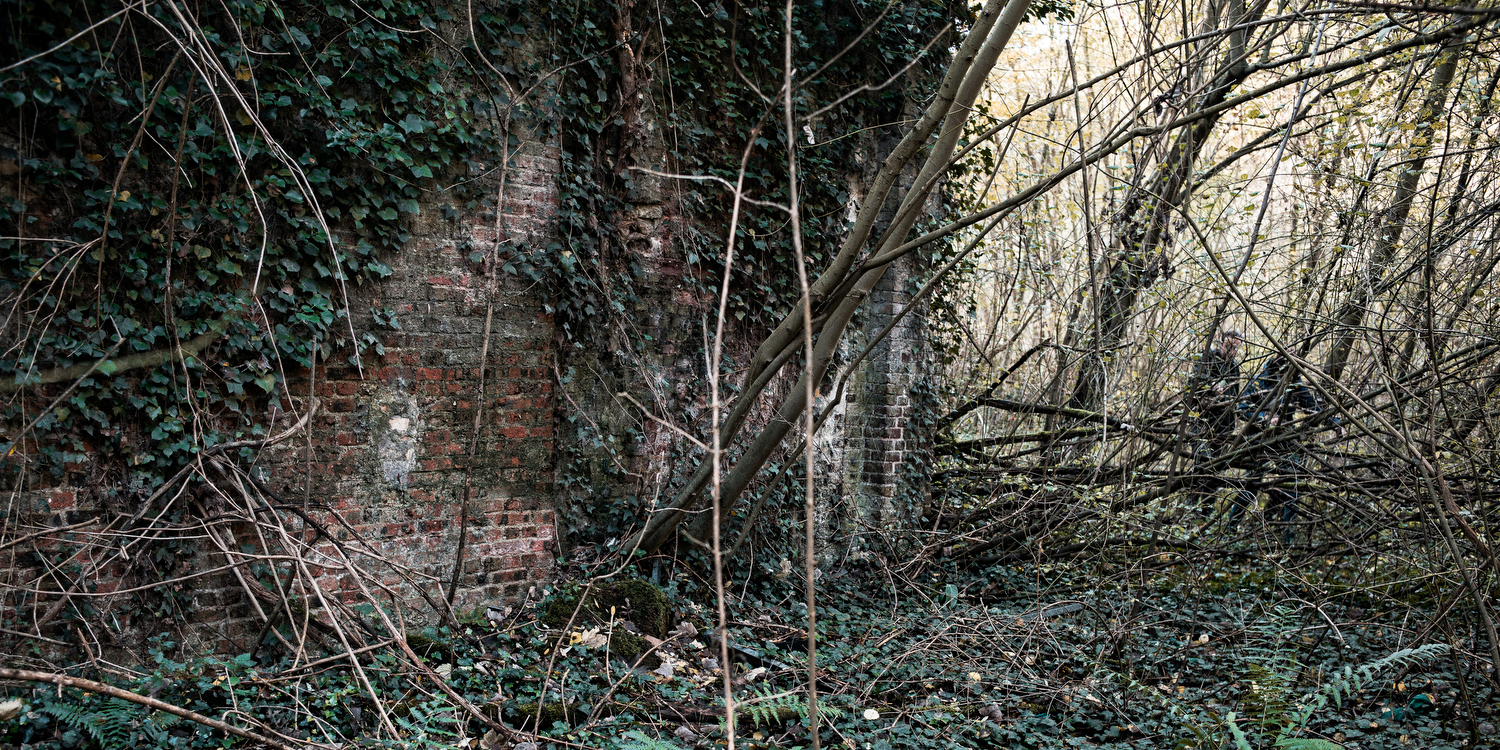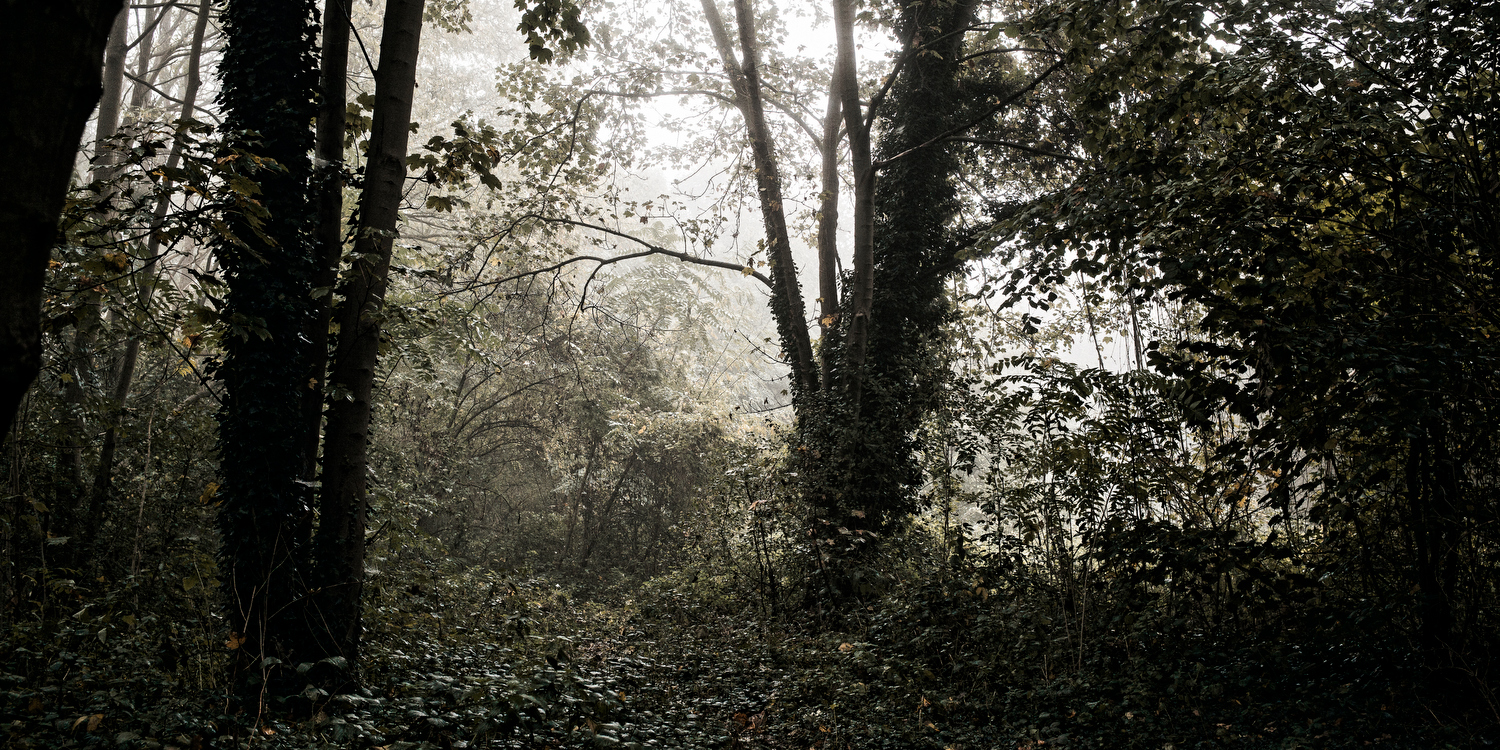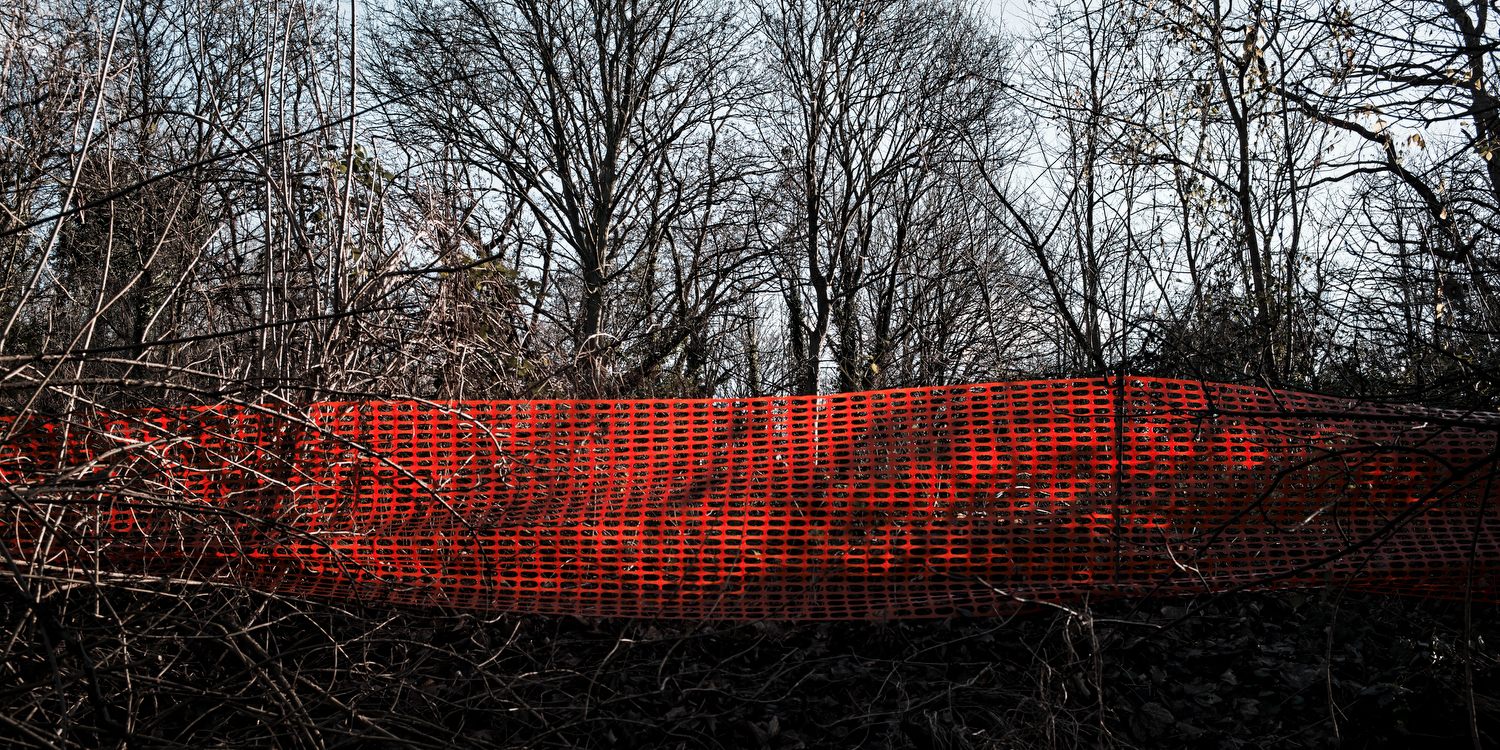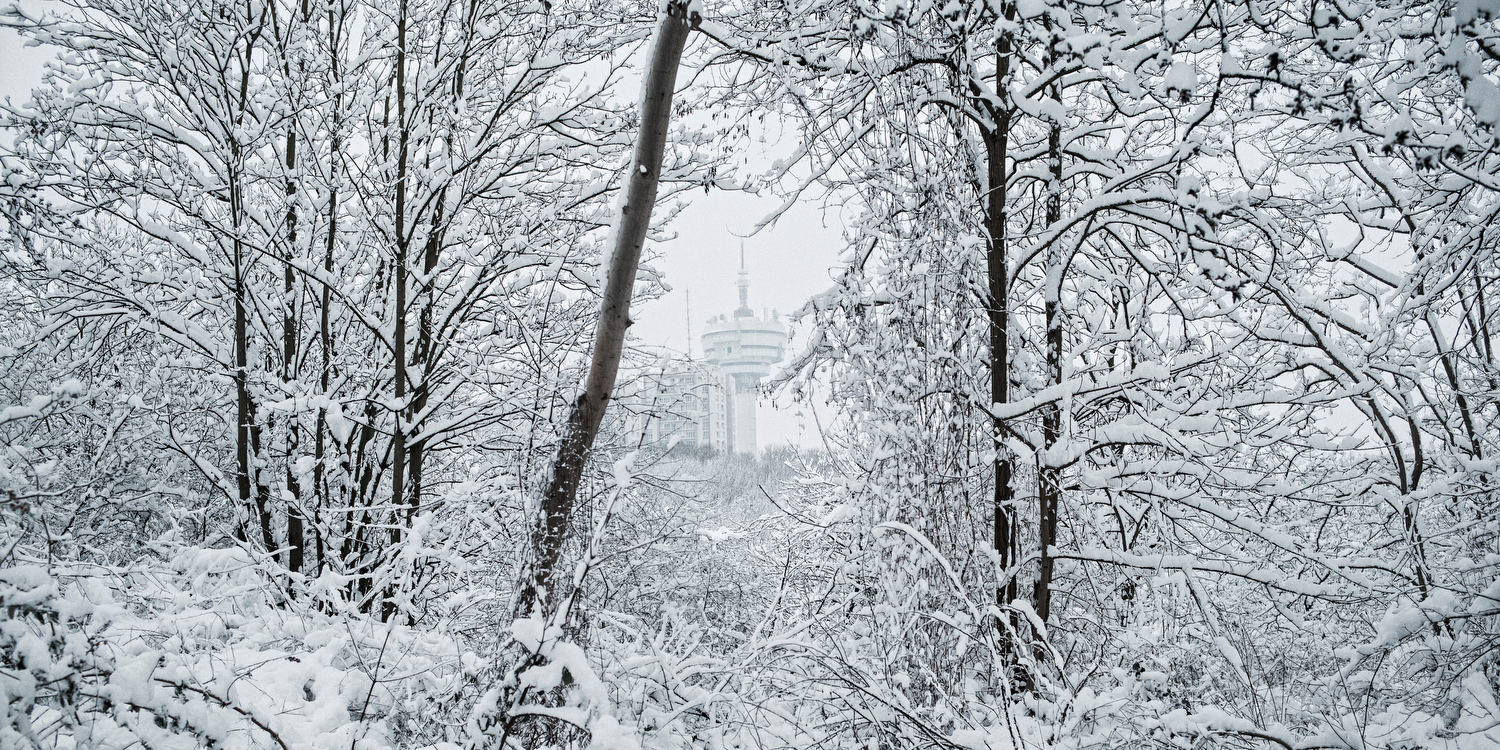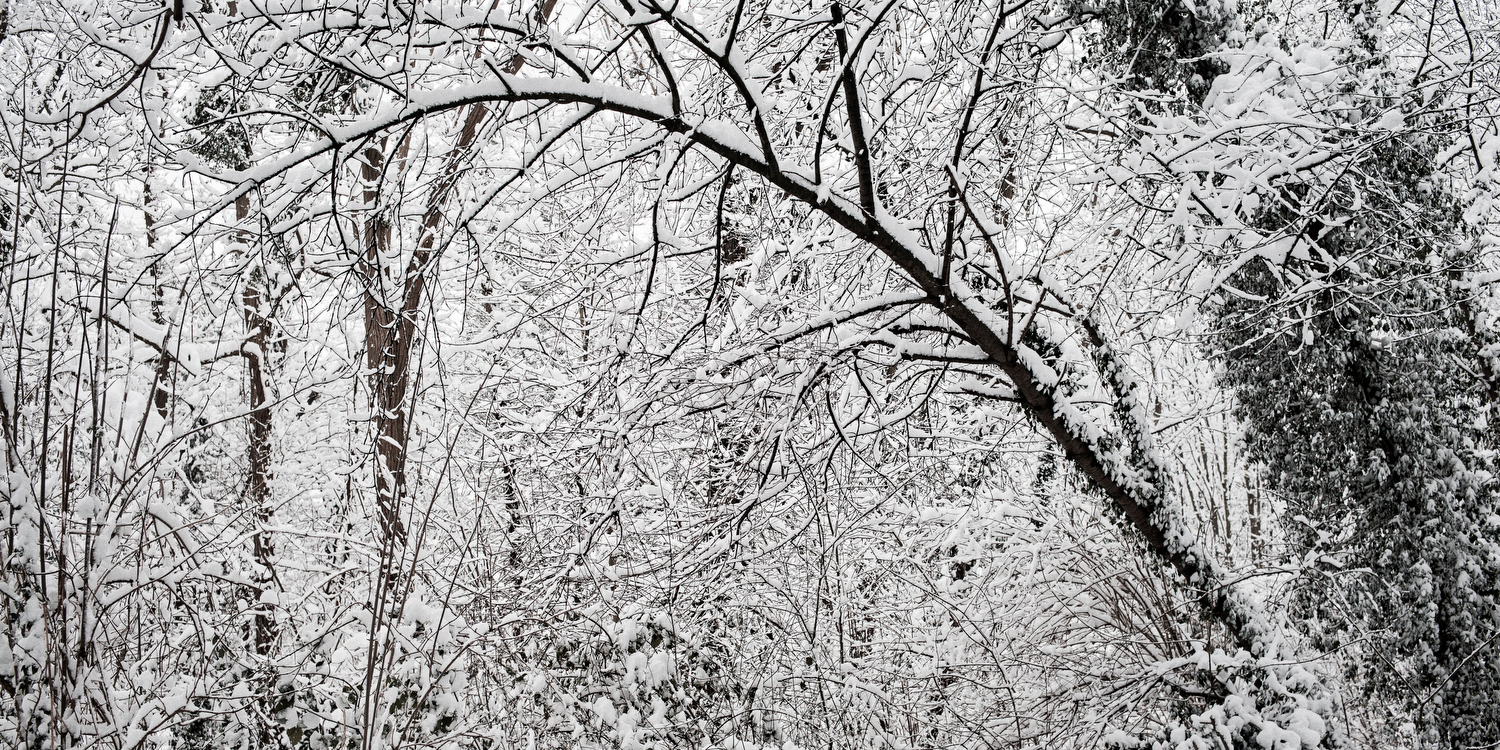Le bois sauvage
It begins like a children’s story. Once upon a time, in the agricultural village of Romainville, in Seine-Saint-Denis, there were thirty hectares of land and a castle, built in the 17th century. Owned by the lord Nicolas de Quelen until the middle of the 18th century, the land changed hands. The Gauvain family, the new owner, exploits quarries. The geographical location and the natural gradient of the land here make it an ideal site for the extraction of gypsum for the plaster industry. The site was exploited until 1965. Since the end of the 1960s the perimeter has been closed to the public due to the risk of land collapse. For fifty years now, nature has taken back its rights over these thirty hectares. The former quarry has now become a wild wood and even, according to some botanists, the wildest piece of nature in the department of Seine Saint Denis. Several species of birds have found refuge there -among them, a few specimens of hawks- and this, 5 minutes from Paris, in the 93, one of the most densely populated areas of the Paris region. Several development projects have been designed to « domesticate » this island of nature. One project that began in the early 2000s, called « Île de loisirs de la corniche des forts » (Fort Corniche Recreation Island), was reactivated (and modified) in late 2017 after years of dormancy. Initially, 6 to 8 hectares should be developed: filling in part of the underground quarries, clearing, creation of access ramps to allow the opening, in 2019, of a « leisure plain »: climbing wall, solarium, meadow … There is also talk of a pony club, a tree climbing course and a nature observatory. This site and its history ask us about our relationship with nature, especially when we live in the city. How do we apprehend a wild place like this one? Should we necessarily domesticate nature, force it, or let it blossom without human intervention, without development? How does the city coexist with nature? I wanted to document this place as it is today, to try to capture its atmosphere, to keep the memory of it, whatever happens in the future for the wild woods.
Cela commence comme un conte pour enfants. Il était une fois, dans le village agricole de Romainville, en Seine-Saint-Denis, trente hectares de terres et un château, construit au 17e siècle. Propriété du seigneur Nicolas de Quelen jusqu’au milieu du 18e siècle, le terrain change de mains. La famille Gauvain, nouveau propriétaire, exploite des carrières. La situation géographique et le dénivelé naturel du terrain à cet endroit en font un site idéal pour l’extraction du gypse dans l’industrie du plâtre. Le site est exploité jusqu’en 1965. Depuis la fin des années soixante le périmètre est interdit au public en raison des risques d’effondrement du terrain. Depuis cinquante ans la nature reprend ses droits sur ces trente hectares. L’ancienne carrière est devenue aujourd’hui un bois sauvage et même, selon certains botanistes, la parcelle de nature la plus sauvage du département de Seine Saint Denis. Plusieurs espèces d’oiseaux y ont trouvé refuge -parmi eux, quelques spécimens d’éperviers- et ce, à 5 minutes de Paris, dans le 93, l’une des zones les plus densément peuplées de la région parisienne… Plusieurs projets d’aménagement ont été conçus pour « domestiquer » cet îlot de nature. Un projet né au début des années 2000, appelé « Île de loisirs de la corniche des forts » a été réactivé (et modifié) en fin d’année 2017 après des années de sommeil. Ce sont 6 à 8 hectares qui devraient être aménagés dans un premier temps : comblement d’une partie des carrières souterraines, défrichage, création de rampes d’accès pour permettre l’ouverture, en 2019, d’une «plaine de loisirs» : mur d’escalade, solarium, prairie… Il est question aussi d’un poney club, d’un parcours d’accrobranche et d’un observatoire de la nature. Ce site et son histoire nous interrogent sur le rapport que nous entretenons avec la nature, particulièrement lorsque nous habitons en ville. Comment appréhender un lieu sauvage comme celui là ? Faut-il nécessairement domestiquer la nature, la contraindre, ou la laisser s’épanouir sans intervention humaine, sans aménagement ? Comment la ville coexiste avec la nature ? J’ai souhaité documenter ce lieu tel qu’il est aujourd’hui, essayer d’en capturer l’atmosphère, pour en conserver la mémoire, quoi qu’il advienne dans l’avenir pour le bois sauvage.


